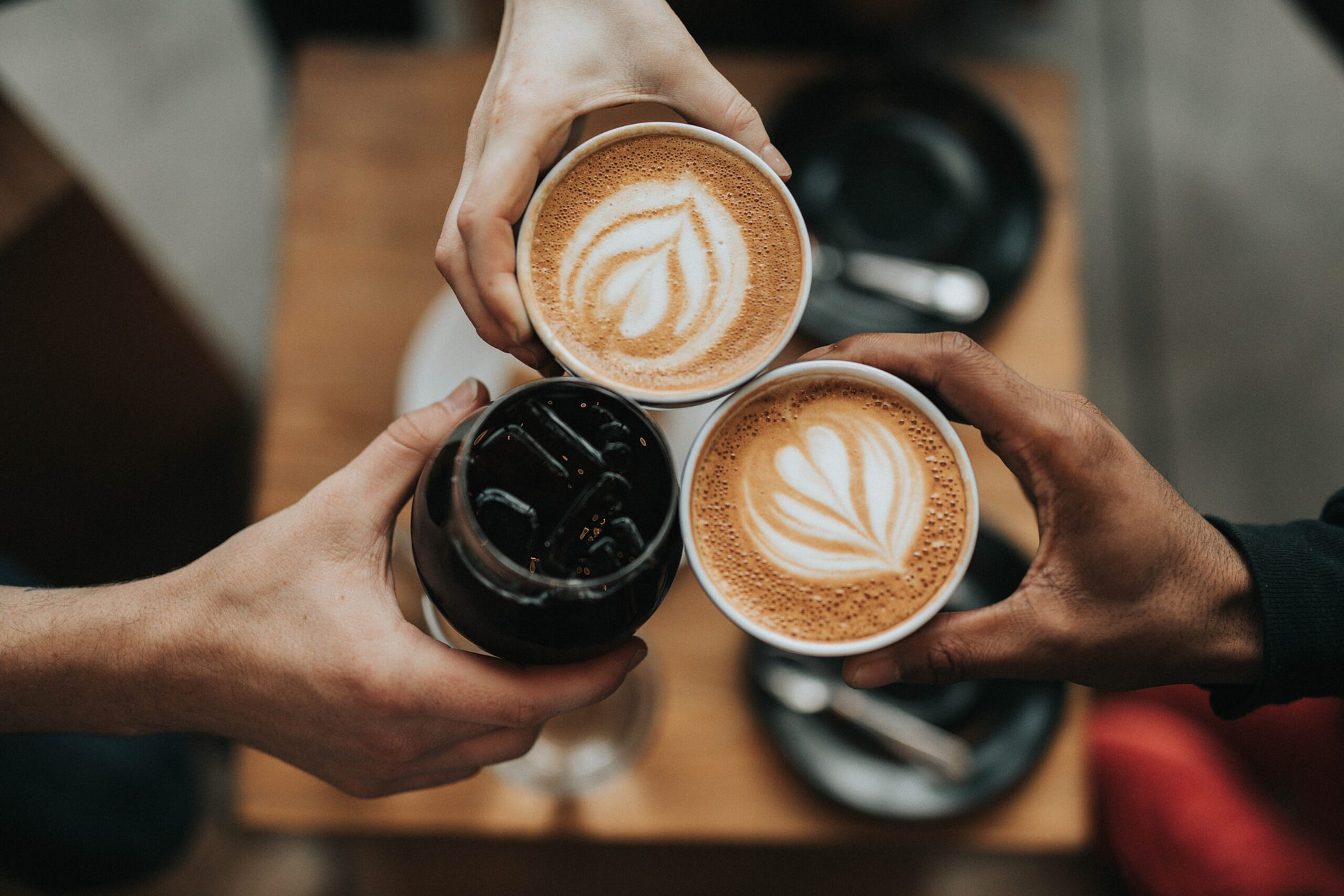eCommerce has had a significant impact on the coffee industry, allowing coffee sellers to reach a wider customer base and providing consumers with convenient access to a variety of coffee products. The exact timeline of when eCommerce penetrated the online coffee selling market may vary, but it gained significant traction in the late 1990s and early 2000s with the rise of internet usage and online shopping. Here we decided to collect the most up-to-date coffee industry statistics and trends, summarize the best practices to sell coffee online, and share the most outstanding coffee selling benchmarks. This includes strategies tailored specifically for coffee ecommerce, ensuring businesses can thrive in the digital marketplace.
Online Coffee Sales Statistics
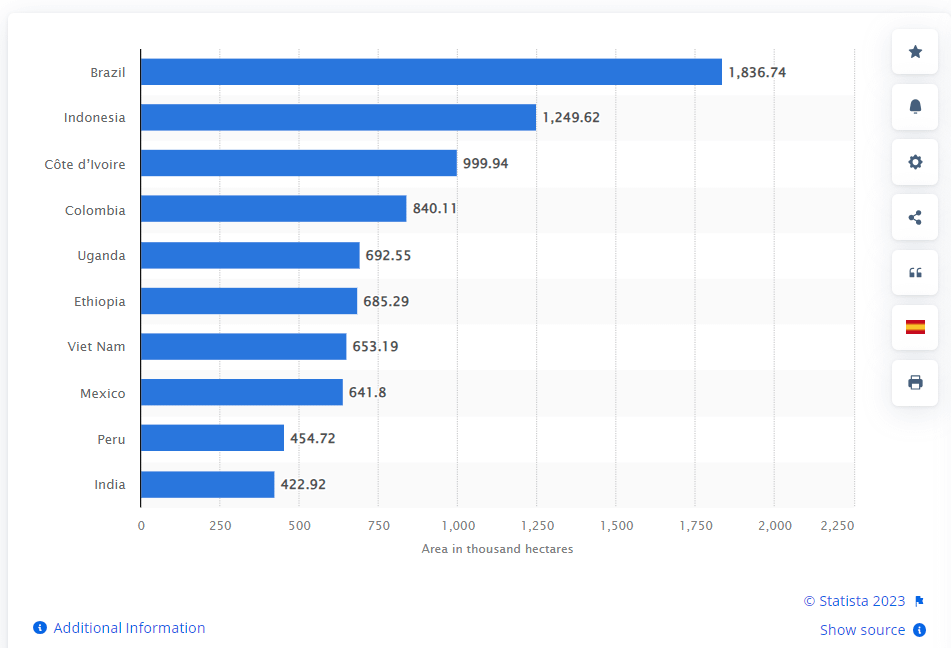
Global leading countries based on coffee area harvested in 2021
- Is selling coffee profitable? The online coffee industry is a rapidly growing sector, with a significant worth. According to a global coffee report by Statista, the digital coffee market is projected to reach a value of around $13.6 billion by 2027. The figure tells itself how popular coffee is now.
- Online coffee sales are expected to continue growing at a CAGR of 12.1% from 2021 to 2027.
- The United States is the largest market for online coffee purchases, accounting for a significant portion of the global market share.
- The Asia-Pacific region is the fastest-growing market for online coffee sales, with a CAGR of 15.2% from 2021 to 2027.
- Online sales of coffee in the United States reached $3.7 billion, a 57% increase compared to the previous year. How many Americans drink coffee? According to Statista, 74% of the U.S. citizens are coffee drinkers.
- Online coffee sales in Europe accounted for 41% of the global market share in 2020.
- The top online coffee-consuming countries are the United States, Germany, the United Kingdom, France, and China.
- A coffee survey conducted by the International Coffee Organization issued the global average coffee consumption statistics. It is around 1.3 kg per person each year. It means that average cups of coffee daily is equal to 2.7.
- eCommerce platforms and online marketplaces have become popular channels for coffee distribution, allowing consumers to easily purchase coffee beans, ground coffee, and coffee-related products. Whole bean coffee, ground coffee, and coffee pods are among the most popular online coffee products.
- Specialty coffee, including single-origin and gourmet coffee, has seen significant growth in online sales due to the increasing demand for high-quality and unique coffee experiences. Specialty coffee makes up a significant portion of online coffee orders, with 45% of coffee buyers purchasing specialty coffee products.
- Two of the main types of coffee bean include Arabica and Robusta.
- Convenience and the ability to explore a wide range of coffee options are among the main reasons consumers prefer to buy coffee on the web.
- The COVID-19 pandemic has accelerated the shift towards online coffee selling as more people started working from home and limited their visits to physical stores. In the United States, online coffee orders accounted for 12% of total coffee sales in 2020.
- The demographics of coffee drinkers give us the answers to the question ‘Who drinks coffee?’ Younger individuals, particularly those in the 18-34 age range, are more likely to drink specialty coffee and espresso-based drinks. Older age groups, such as those over 55, tend to prefer traditional brewed coffee.
- Coffee consumption tends to be higher among individuals with higher income levels. This may be due to the affordability of coffee shop visits or the willingness to invest in higher-quality coffee beans and equipment.
- Individuals with higher education tend to have busier lifestyles and may rely on coffee for energy and focus.
- Millennials are the largest consumer group for digital coffee sales, accounting for 40% of online coffee purchases.
- Online coffee subscriptions have gained popularity, with a 200% increase in subscription-based coffee sales in the past five years.
- 62% of online coffee buyers prefer to purchase from local or independent coffee roasters.
- Social media platforms play a significant role in online coffee selling, with 75% of coffee buyers discovering new coffee brands through social media.
- The top coffee e-tailers include Amazon, Starbucks, and Nespresso.
- The most popular coffee flavors are medium roast, followed by dark roast and flavored coffee.
- Digital coffee purchases have seen a surge in demand for cold brew coffee products, with a 70% increase in sales in 2020.
- How much can you make selling coffee online? According to Small Business Chron, an average coffee shop’s annual revenue is about $215,000. This is equal to selling about 250 cups of coffee per day.
- Online coffee sales are projected to reach a penetration rate of 25% by 2025.
- The average online coffee buyer purchases coffee products every 1-2 months.
- Online coffee sales have seen a shift towards sustainable and eco-friendly coffee products, with an increasing demand for organic and fair-trade coffee.
- The average online coffee order size is $40.
Analyzing coffee sales statistics provides valuable insights into the dynamics of the market and helps businesses make informed decisions about their strategies and offerings.
Online Coffee Sale Trends
Is the coffee market growing or shrinking? What will be the future of online coffee sales? Based on coffee statistics, industry reports and other reputable sources, we can name the following trends observed in online coffee sale in more detail:
Increased demand

Google Trends search for coffee keyword (past 5 years)
With more people working from home, the demand for coffee beans and ground coffee online has skyrocketed. Many consumers have turned to brewing their own coffee at home, leading to a surge in online sales.
Subscription services
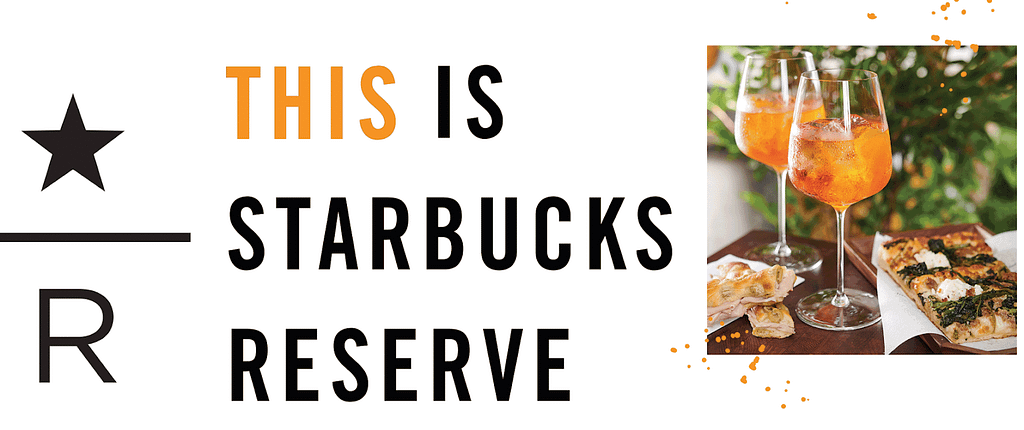
Starbucks offers a coffee subscription service called Starbucks Reserve® Subscription. This subscription allows customers to receive a monthly shipment of freshly roasted Starbucks Reserve® coffees. The subscription includes exclusive small-lot coffees from around the world, delivered right to your doorstep.
Online coffee subscription services have become popular, allowing customers to receive regular coffee deliveries including freshly roasted coffee beans or ground coffee. These services offer convenience and a variety of coffee options, catering to different taste preferences.
Read more about the subscription services in our Do You Need A Subscription Service In Your Online Store? blog post.
Specialty coffee

Nespresso specialty assortment
The trend towards specialty coffee has also influenced online sales. Consumers are increasingly interested in high-quality, ethically sourced coffee beans with unique flavor profiles. Online platforms provide a wide range of specialty coffee options, enabling consumers to explore different origins, roasts, and brewing methods.
Direct-to-consumer brands

Nespresso is a D2C brand operating through an online platform, allowing customers to directly purchase Nespresso products, including coffee capsules, machines, and accessories, without the need for intermediaries
Online coffee sales have seen a rise in D2C brands, bypassing traditional distribution channels. These brands often focus on transparency, sustainability, and building a direct relationship with customers. By selling directly online, they can offer competitive pricing and maintain control over the entire coffee production process.
Personalization

Personalized beverage at Starbucks
Online coffee retailers are offering more personalized experiences to customers. This includes customizing coffee subscriptions based on individual preferences, providing detailed product information, and offering brewing guides and tips. Personalization enhances the customer experience and helps build brand loyalty.
Sustainability
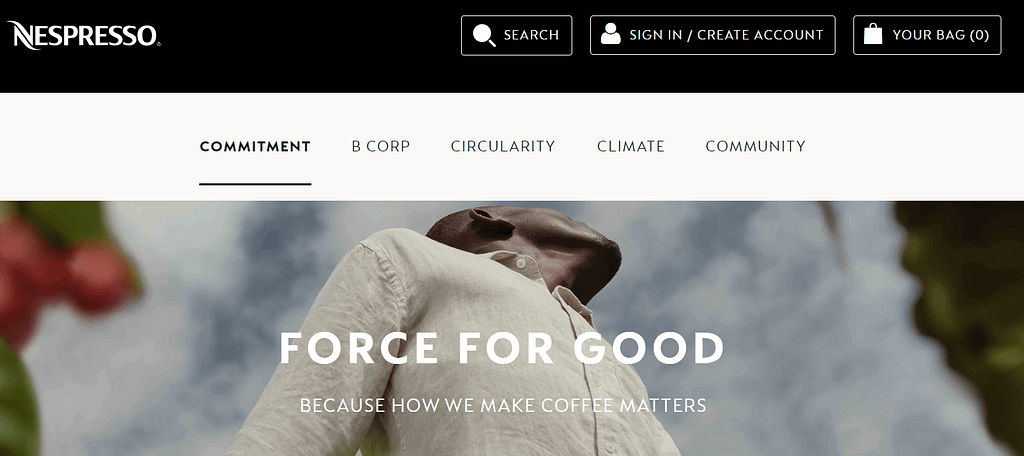
Nespresso Sustainability Initiatives
Consumers are increasingly conscious of the environmental impact of their coffee consumption. Online coffee retailers are responding by offering eco-friendly packaging options, promoting fair trade and organic certifications, and supporting sustainable farming practices. These sustainability initiatives attract environmentally conscious consumers and contribute to the growth of online coffee sales.
Digital coffee sales have experienced significant growth, driven by factors such as convenience, specialty coffee demand, and the need for at-home brewing during the pandemic. As more consumers embrace online shopping, the trend is expected to continue in the coming years.
Marketing benchmarks for online coffee shop
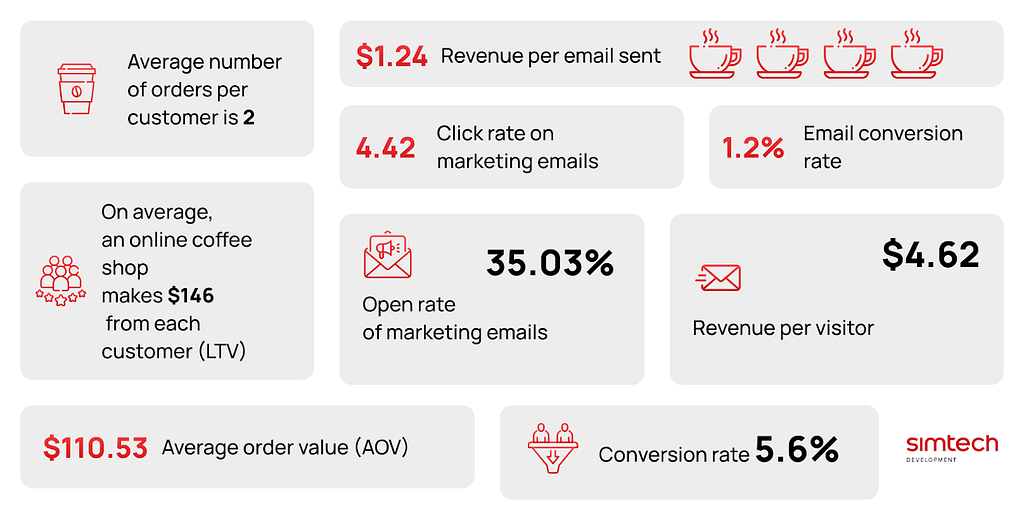
If you’re on the way to start an online coffee sale business, you need to know some benchmarks to aspire while marketing your eCommerce coffee website. Here are the essential ones for conducting thorough coffee market research:
- Website Traffic: Measure the number of unique visitors to your online coffee shop website. This can be tracked using tools like Google Analytics. At Starbucks, the average website visit duration is 2 minutes, users view 3.8 pages per visit, and the bounce rate is equal to 51.7%. The same for Nespresso is 3.27 minutes, 4.9 pages, and 50% of bounce rate, respectively. You can scout the similarweb source for competitor analysis and benchmarking your business.
- Average Order Value: Determine the average amount spent by customers during each transaction on your online coffee shop. This metric helps assess the effectiveness of your pricing strategy and upselling techniques. For example, a typical order at Nespresso can range from $50 to $100.
- Conversion Rate: Calculate the percentage of website visitors who make a purchase or take a desired action, such as signing up for a newsletter or creating an account. The industry average is 5.6%.
- Customer Acquisition Cost (CAC): Calculate the cost of acquiring each new customer. This includes expenses related to marketing campaigns, advertising, and promotions. This metric is highly variable and depends on your marketing efforts.
- Customer Lifetime Value (CLV): Estimate the total revenue generated by a customer throughout their relationship with your online coffee shop. This metric helps determine the long-term profitability of your customer base. On average, an online coffee shop makes $146 from each customer.
- Email Open Rate: Measure the percentage of recipients who open your email marketing campaigns. This indicates the effectiveness of your subject lines and overall email content. The industry average is 35%, at this, 1.2% of emails are converted into a purchase.
- Click-through Rate (CTR): Track the percentage of recipients who click on links within your email campaigns. This metric helps evaluate the relevance and effectiveness of your email content and calls-to-action. The industry average is 4.42%.
- Social Media Engagement: Monitor the number of likes, comments, shares, and followers on your social media platforms. This indicates the level of engagement and interest in your online coffee shop.
- Return on Ad Spend (ROAS): Measure the revenue generated from your advertising campaigns compared to the amount spent on those campaigns. This metric helps evaluate the effectiveness of your advertising efforts.
- Customer Satisfaction: Collect feedback from customers through surveys or reviews to assess their overall satisfaction with your online coffee shop. This metric helps identify areas for improvement and measure customer loyalty.
Remember, these benchmarks, including coffee insights, can vary depending on the specific goals and objectives of your online coffee shop. It’s essential to regularly analyze and compare these metrics against industry averages or your own historical data to identify areas for improvement and gauge the success of your marketing efforts.
How to Start Online Coffee Business
Building a successful online coffee business takes time and effort, and conducting a thorough coffee industry analysis is crucial for strategic planning. You’ll face the need of sourcing quality product, dealing with shipping and payment providers, launching an eCommerce platform customized for your needs, implementing exceptional customer service, and effective marketing strategies to stand out in a competitive market. In our next article, we talk more about practice of creating a successful online coffee website, share the best examples and our own case study.
Conclusion
To sell coffee online, you need to consider various factors such as creating an attractive website, showcasing your coffee products, implementing secure payment gateways, and marketing your brand effectively.
Choose a reliable technological partner to implement your ideas to make them true. We can carry out the business analysis of your idea and suggest the best matching platform solution, hosting services, SEO, and more.
FAQ
How can I start an online coffee selling business?
To start an online coffee selling business, you will need to follow these steps:
– Determine your target market and niche.
– Source high-quality coffee beans from reputable suppliers.
– Create an eCommerce website or use an existing platform to sell your products.
– Develop a strong brand identity and design appealing packaging.
– Implement effective marketing strategies to reach your target audience.
– Provide excellent customer service and ensure timely delivery of orders.
What types of coffee products can I sell online?
You can sell a variety of coffee products online, including whole bean coffee, ground coffee, flavored coffee, single-origin coffee, specialty blends, cold brew coffee, and even coffee accessories like mugs, brewing equipment, and coffee subscriptions.
How can I ensure the quality of the coffee I sell online?
To ensure the quality of the coffee you sell online, consider the following:
– Source coffee beans from reputable suppliers or directly from coffee farms.
– Conduct taste tests and quality control checks on the coffee beans before selling them.
– Provide detailed information about the coffee’s origin, roast level, and flavor profile on your website.
– Offer a money-back guarantee or return policy for customers unsatisfied with the coffee’s quality.
How should I price my coffee products online?
When pricing your coffee products online, consider factors such as the cost of sourcing the beans, packaging, shipping, and overhead expenses. Additionally, research the pricing of similar coffee products in the market to ensure competitiveness. You may also consider offering different price points for various coffee varieties or sizes to cater to a wider range of customers.
How can I differentiate my online coffee business from competitors?
To differentiate your online coffee business from competitors, consider the following strategies:
– Focus on a specific niche or specialty, such as organic, fair-trade, or single-origin coffee.
– Offer unique coffee blends or flavors that are not commonly found in the market.
– Provide detailed information about the coffee’s origin, sourcing, and sustainability practices.
– Develop a strong brand identity and storytelling that resonates with your target audience.
– Offer exceptional customer service and personalized recommendations.
– Provide educational content on your website, such as brewing guides or coffee recipes, to engage customers and establish yourself as an authority in the coffee industry.

